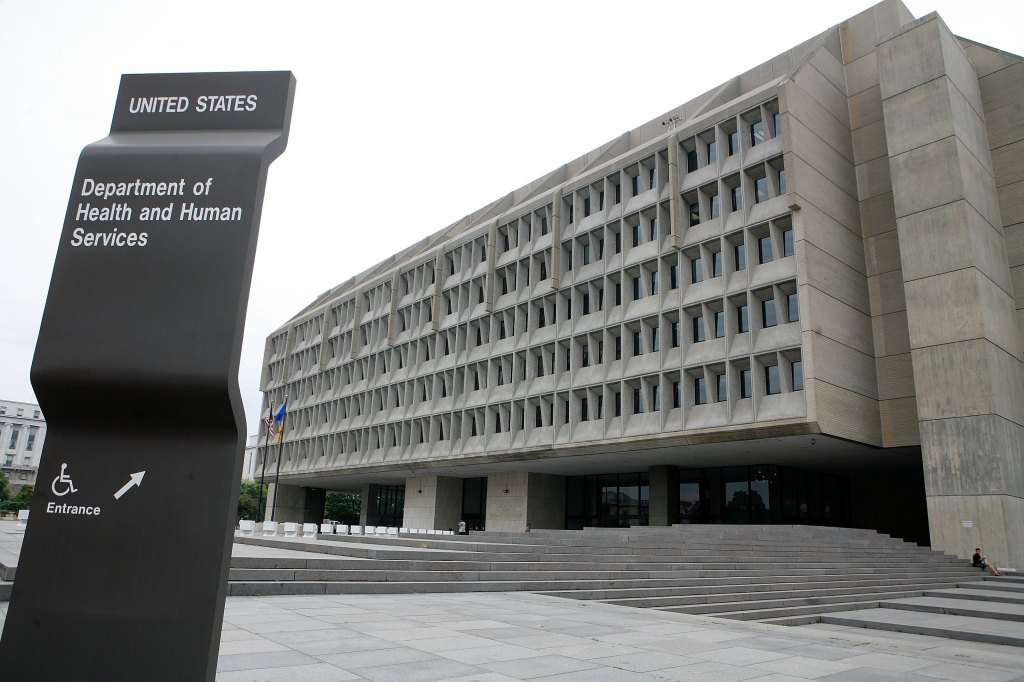Earlier this week, the US Securities and Exchange Commission’s (SEC’s) Division of Examinations published a Risk Alert outlining its examination observations about key AML requirements.
The Alert emphasized the independent testing of firms’ AML programs and training of their personnel, and the importance of identifying and verifying customers
Register for free to keep reading.
To continue reading this article and unlock full access to GRIP, register now. You’ll enjoy free access to all content until our subscription service launches in early 2026.
- Unlimited access to industry insights
- Stay on top of key rules and regulatory changes with our Rules Navigator
- Ad-free experience with no distractions
- Regular podcasts from trusted external experts
- Fresh compliance and regulatory content every day













